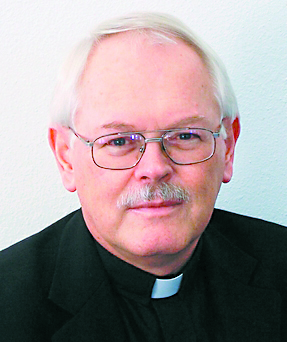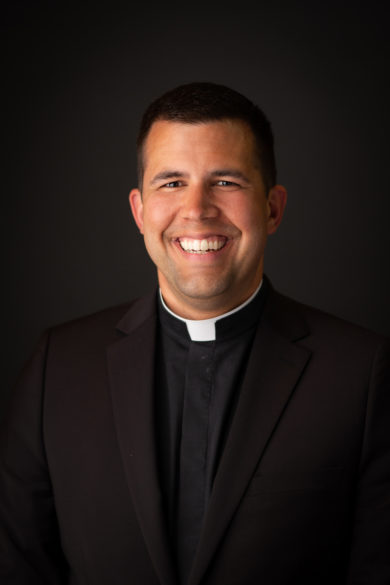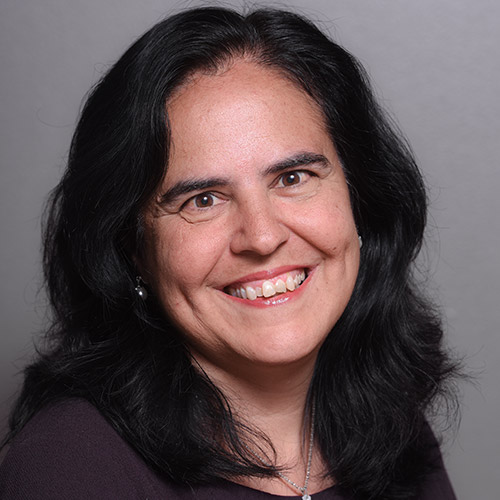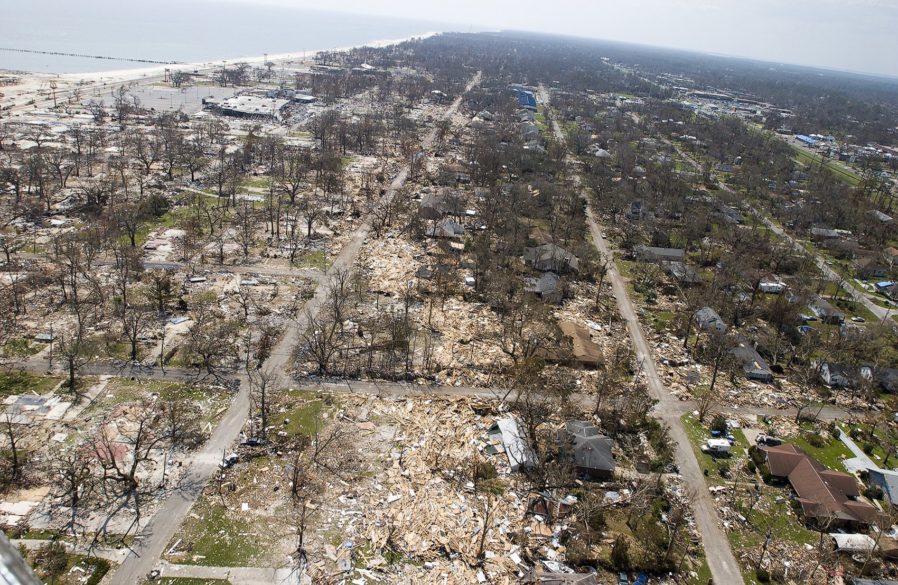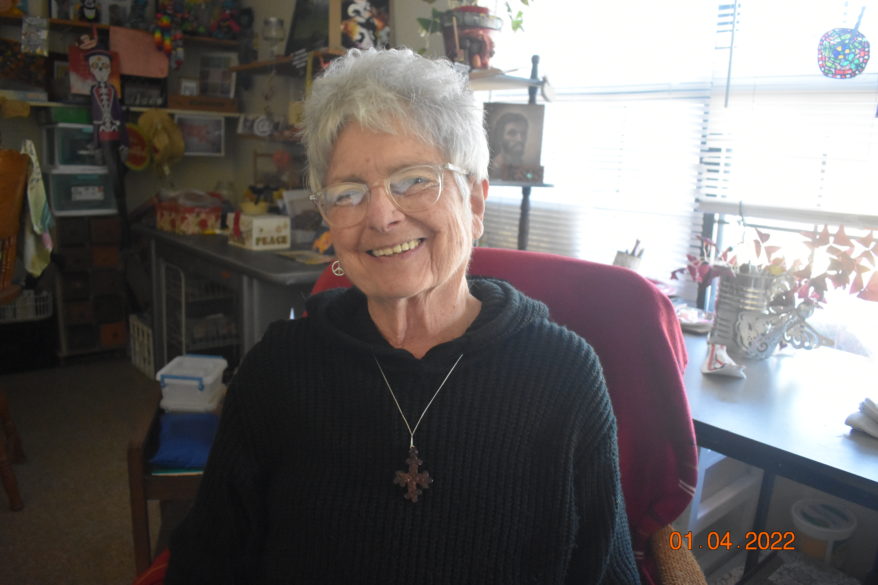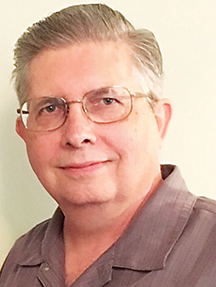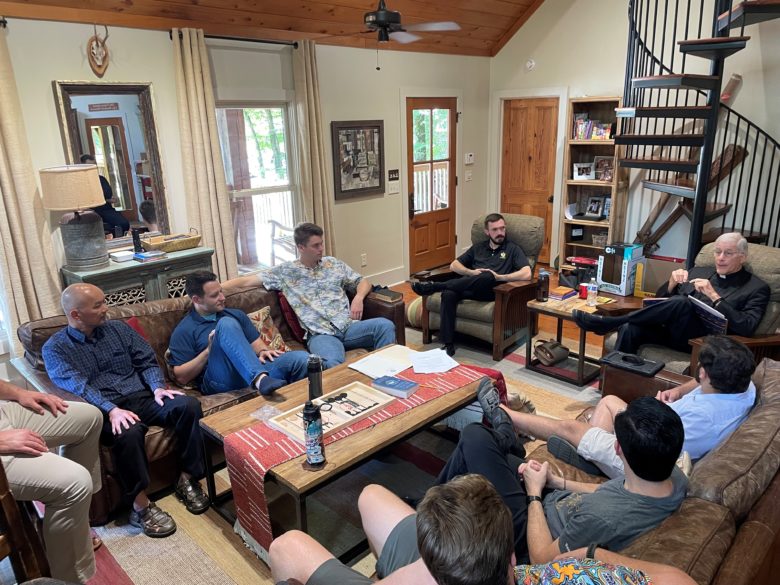Kneading Faith
By Fran Lavelle
I have been calling for a lay revolution for years. Before anyone calls the Vatican to have me arrested for inciting an insurrection against the church let me be very clear about what I mean.
I am not asking for a lay revolution against the church; rather one within the church in collaboration with the ordained and consecrated. For generations upon generations religious sisters and brothers catechized our children, Father made sick calls to the hospital and nursing homes. Father gave instructions for those seeking to come into the church. He also prepared couples for marriage. Lay people had roles as cooks, housekeepers and janitors, but the heavy lifting of ministry was undertaken by clergy and religious.
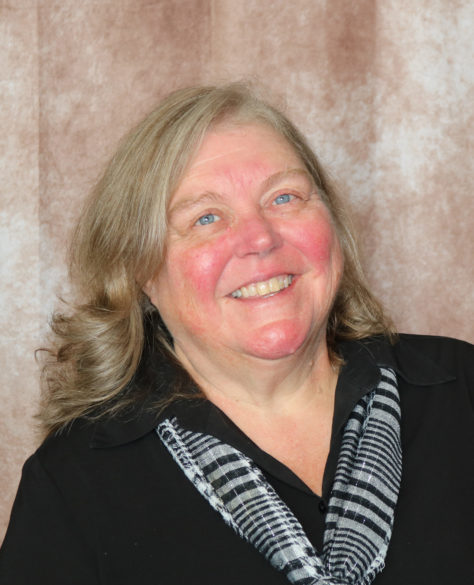
In the past nearly 60 years since Vatican II we have seen a sharp decrease in the number of clergy and religious serving the church. Perhaps the laity has not been empowered or encouraged to do so, but it the Synod made it clear that everyone must take part in undertaking the work of the church. The ordained and religious can no longer shoulder that responsibility alone. The lay revolution I am speaking of is for us, the laity, to step up to the plate and take responsibility for our faith and the ministries of the church in a transformational way. We have looked to the leadership of the church to tell us what to do.
The listening sessions for our Synod demonstrated that we, the laity, know what is needed to move beyond a transactional faith. People around this diocese asked for better faith formation of both youth and adults, you asked for an end to partisan politics, you asked for greater unity, you asked for healing. You asked that we do a better job keeping the young church engaged and active.
All that we heard, all that the faithful are seeking is within our grasp. There are more programs, podcasts, video series, websites and resources than one could ever have imagined. We do not need better resources. We do not need a better textbook for education our children in the faith.
We need to call on the Holy Spirit to fill us with a passion to use the resources and tools that we have been given and become leaders within our parishes and communities. What we are in need of are doers of the Word. We need people to say in earnest, “Here I am Lord, I come to do your will.”
How do you become a transformational leader in the church? If you see a need, talk to others in your community about what they see. Get input from people who do not look like your or think like you. If the need is validated, develop a plan. Take your plan to the parish council or your pastor/LEM.
Often parishioners come to the church office to bring up a need to the pastor but do not have constructive ideas on how to address the issue. I am not advocating that we all act like urban cowboys and bust up the pastor’s office hell bent on doing what we want. I am suggesting that when we see a need, develop solutions, seek input, listen to others and present a well-formed plan for addressing the issue. We have clutched our pearls for far too long. We have looked to the clergy or someone else to address the issues facing the church.
I have a plaque in my office that says. “Teamwork divides the task and multiplies the success.” If we want vibrant, dynamic, communities of faith we have to be dynamic and vibrant people of faith. Multiply the success of your parish community. Be a part of the solution. Step up. Show up. Share the journey.
(Fran Lavelle is the Director of Faith Formation for the Diocese of Jackson.)

